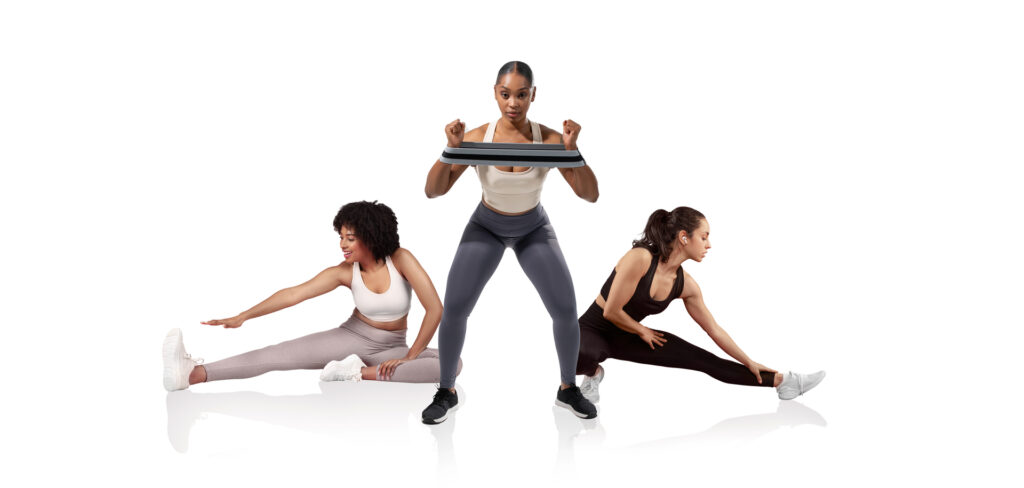It is possible to lower blood pressure with exercise. Mass General Birgham publishes a contribution by Dr. Sawalla Guseh, the Director of the Cardiovascular Performance Program at Massachusetts General Hospital. He explains the phenomena of post-exercise hypotension and recommends the best exercises.
Dr. Guseh explains that while a single strength training session can make blood pressure rise temporarily, regular exercise helps lower blood pressure over time.
“There are many reasons you should try to lower high blood pressure,” he adds, and exercise can help you reach that goal.
Exercise and blood pressure
During exercise, your heart beats faster to circulate blood throughout your body and supply more oxygen to working muscles. It is common for blood pressure to increase with the increasing intensity of physical activity, be it aerobic exercises (jogging or swimming) or higher repetition strength training (muscle-building activities such as weightlifting or push-ups).
“As your heart rate increases, it pumps more blood, leading to a rise in blood pressure due to the increased blood flow,” Dr. Guseh says.
Post-Exercise Hypotension
That temporary rise isn’t harmful. It can lead to a positive outcome. Many people experience blood pressure drops after exercise, dipping below their usual resting blood pressure. That dip is known as post-exercise hypotension, and it can last for several hours after a single bout of exercise.
Dr. Guseh says: “But when you’re a regular exerciser, that time adds up.”
If you exercise often and experience a post-exercise dip multiple days a week, that time adds up and brings your average blood pressure down to healthier levels.
Effects of weightlifting on blood pressure
Post-exercise hypotension isn’t the only benefit you get from being active. Regular exercise also helps strengthen the heart muscle. A strong heart pumps blood more effectively. That can help lower blood pressure over time.
If you start a new exercise program and stick with it for a few months, you might bring your blood pressure down by about 5 points. If your blood pressure is high, you’ll probably need to include other strategies to bring it down to a healthy level.
Dr. Guseh says. “Exercise can be one tool in our efforts to decrease blood pressure, and I prescribe it for all of the other benefits that go along with it.”
What exercise is best to lower blood pressure?
When people think about exercising for heart health, they usually focus on aerobic exercise, also known as endurance exercise. Aerobic activities are things that get your heart rate up, like running or biking. Those activities help make the heart stronger and can aid in reaching or maintaining a healthy weight.
But don’t ignore the benefits of strength training, Dr. Guseh says. Weightlifting and resistance training build muscle mass, strengthen bones, and can improve balance as you get older. Both aerobic exercise and strength training also improve the function of blood vessels—which may, in turn, help lower high blood pressure.
Both types of exercise can aid in weight loss, too. And losing weight is a great way to lower high blood pressure. If you’re overweight, losing just 5 to 10 pounds can lead to a drop in blood pressure, according to the American Heart Association.
How to safely engage in strength training exercises for blood pressure
Dr. Guseh offers these pointers:
- Get the OK from your doctor
- Don’t start or end abruptly
- Skip when you’re sick
- Go for reps
- Build toward lifting more weight
- Mix it up: a combination of aerobic exercise and strength training.
The American Heart Association recommends you get at least 150 minutes per week of moderate-intensity aerobic activity, or 75 minutes per week of vigorous activity. You should also aim for at least two strength training sessions each week.





